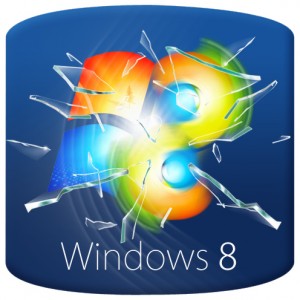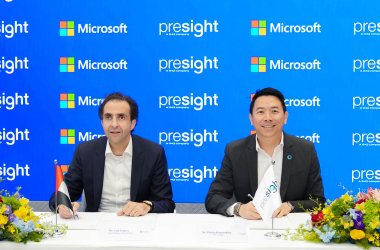Microsoft has dropped the 30-day grace period, a trademark of Windows 7, in the retail copies of Windows 8, mandating that users provide a product key during setup, it was discovered.
The change runs counter to previous practice by the Redmond, Wash. developer. With Windows 7, for example, users could run the OS for 30 days before activating the copy by providing a legitimate key.
That “grace period” was used by some to evaluate the software prior to purchasing, to save up to $100 by using an “upgrade” license to install the OS on a newly-formatted hard drive, and to create physical partitions or virtual machines for quick testing purposes.
Because Windows 8 handles activation differently, the grace period has been eliminated.
As several blogs have noted, customers must enter a unique product key — a 25-character alpha-numeric string — to proceed during Windows 8 setup. Failure to do so stops the process in its tracks. The Consumer Preview and Release Preview used this technique too, although Microsoft provided users a generic key for those sneak peeks.
Once Windows 8 is installed — assuming the machine is connected to the Internet — it automatically seeks out a Microsoft server to verify that the key is valid and then activates the OS. “If the licensed computer is connected to the Internet, the software will automatically connect to Microsoft for activation,” states the end-user licensing agreement, or EULA, for Windows 8 Pro.
If Microsoft judges the key as counterfeit or stolen, the usual non-genuine measures kick in: The desktop background fades to a permanent black, on-screen messages remind the user that the operating system is illegitimate, and the PC shuts down every hour.
New PCs come with Windows pre-activated at the factory, so the product key/activation steps are only seen by users who upgrade to Windows 8 from an older edition, or those who use the upcoming “System Builder” to install Windows 8 on a new, custom-built machine.
Microsoft requires a product key during setup because both Windows 8 and Windows Pro — the two retail SKUs, or “stock-keeping units” — are included in the same .iso, or disk image, file now available for download from several Microsoft sources. The version installed depends on the key provided.
Windows 8 Enterprise, the version aimed at companies with volume license agreements, uses an entirely different mechanism for activation. Rather than ask the user for a key, Windows 8 Enterprise — like its enterprise-grade forerunner, Windows 7 Enterprise — ships with what’s known as a KMS (Key Management Service) client key that’s activated by an on-premises machine.
Another way to activate Enterprise — and the method used by copies downloaded from the MSDN and TechNet subscription services — is with MAK (Multiple Activation Key), which connects with Microsoft’s own activation servers.
As if there aren’t enough scenarios, Microsoft’s free 90-day evaluation of Windows 8 Enterprise does not require a product key: One is baked into the trial. As with the retail versions now available to some users, and that will go on sale Oct. 26, the evaluation automatically activates if the PC has a live online connection.
Microsoft declined to comment when asked to explain the reasoning behind the activation changes to Windows 8. “We have no information to share,” a spokeswoman said in an email Monday.






